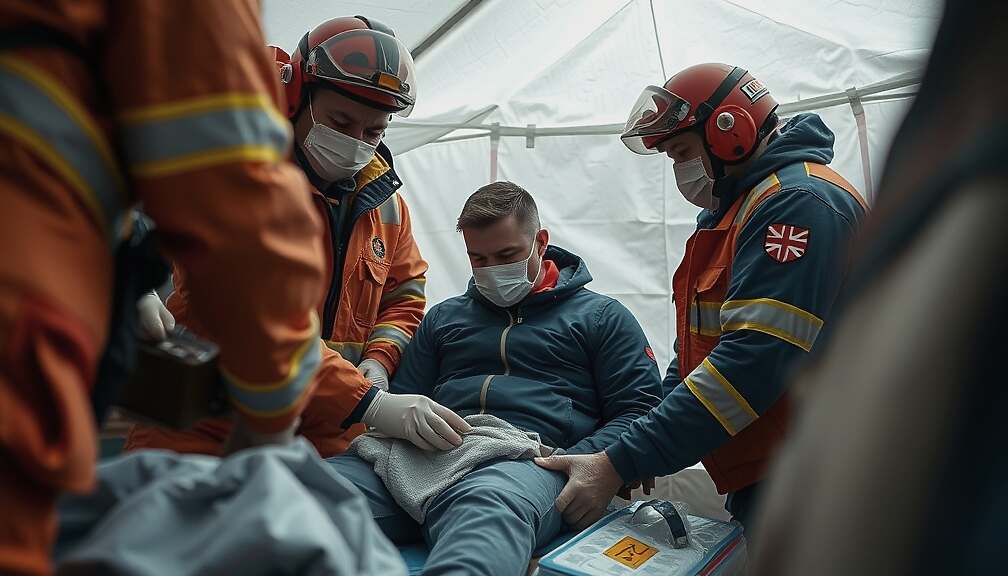Official data released Tuesday by the Federal Statistical Office (Destatis) reveals a concerning trend of heat-related illnesses and mortality in Germany over the period 2003 to 2023. An average of approximately 1,400 hospitalizations annually were attributed to heatstroke, sunstroke and other health complications stemming from high temperatures and sunlight exposure.
While the number of heat-related hospitalizations in 2023, reaching around 800 cases, was below the long-term average, the data highlights a pattern of fluctuation influenced by various factors. A decline has been observed in recent years, potentially linked, in part, to disruptions in healthcare services during the COVID-19 pandemic, which impacted overall hospitalization rates. Increased public awareness regarding the health risks associated with extreme heat may also be contributing to this downward trend.
Years characterized by a higher frequency of “heat days”-defined as days with temperatures reaching 30 degrees Celsius (86 degrees Fahrenheit) or higher-typically experience a surge in heat-related hospitalizations. The year 2003 stands out, with an average of 19.0 heat days and 2,600 hospitalizations. The years 2015 and 2018 also saw significant numbers, with approximately 2,300 and 1,600 hospitalizations respectively, alongside high heat day counts.
Official mortality statistics indicate that heat-related health complications are rarely listed as the primary cause of death, averaging 22 fatalities annually between 2003 and 2023. Notably, 37 deaths were attributed to heat and sun exposure in 2023. While heat-related illnesses are not typically a direct cause of death, prolonged periods of high temperatures often correlate with an overall increase in mortality, particularly among individuals with pre-existing health conditions. Past observations have demonstrated a rise in death rates during weeks characterized by intense heatwaves.












